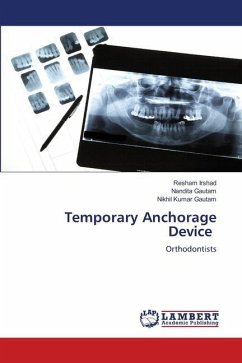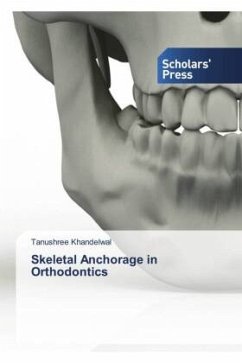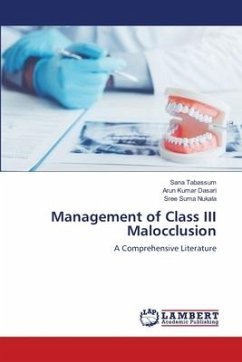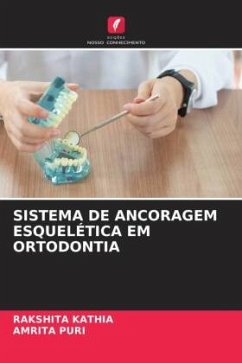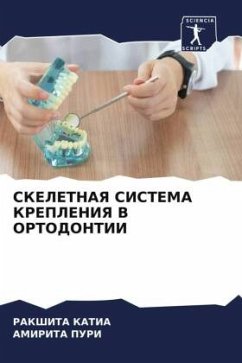
Success Rate Of Miniscrews And Miniplates As Anchorage In Orthodontics
Versandkostenfrei!
Versandfertig in 6-10 Tagen
27,99 €
inkl. MwSt.

PAYBACK Punkte
14 °P sammeln!
Anchorage is one of the challenging aspect of orthodontic treatment. In the past, extraoral headgear, elastics, and a number of other appliances have been suggested as effective forms of orthodontic anchorage. Use of Conventional anchorage methods generally requires patient compliance, resulting in unwanted reciprocal tooth movements, and can be limited in patients with compromised dentitions. In an effort to overcome some of these problems, skeletal anchorage has been increasingly incorporated into orthodontic treatment for over the 25 years. The quest for absolute anchorage began with conven...
Anchorage is one of the challenging aspect of orthodontic treatment. In the past, extraoral headgear, elastics, and a number of other appliances have been suggested as effective forms of orthodontic anchorage. Use of Conventional anchorage methods generally requires patient compliance, resulting in unwanted reciprocal tooth movements, and can be limited in patients with compromised dentitions. In an effort to overcome some of these problems, skeletal anchorage has been increasingly incorporated into orthodontic treatment for over the 25 years. The quest for absolute anchorage began with conventional dental implants, retromolar implants, and palatal implants. However, space limitations, cost of the implants, and difficulties with connecting to the orthodontic appliances encouraged the rapid development of smaller devices that could be placed in various locations in the dental arch. Miniscrews and miniplates were specifically designed for orthodontic anchorage which satisfied some of those requirements and are being progressively adopted into orthodontics practice.







